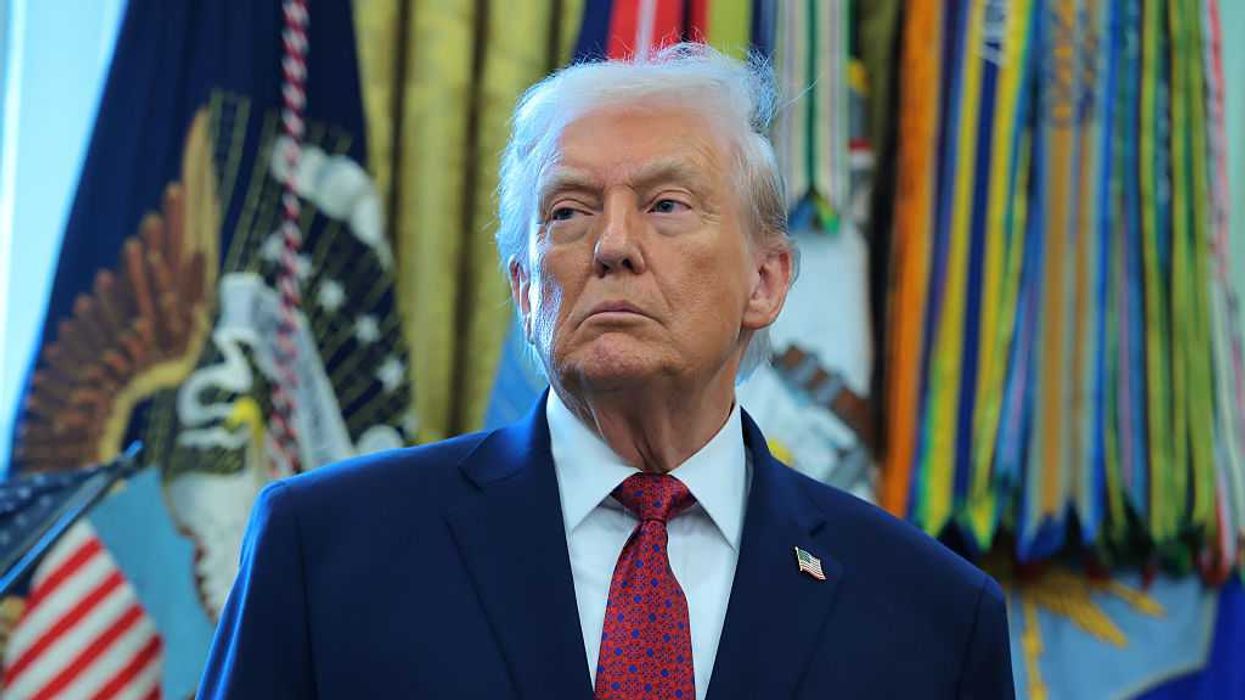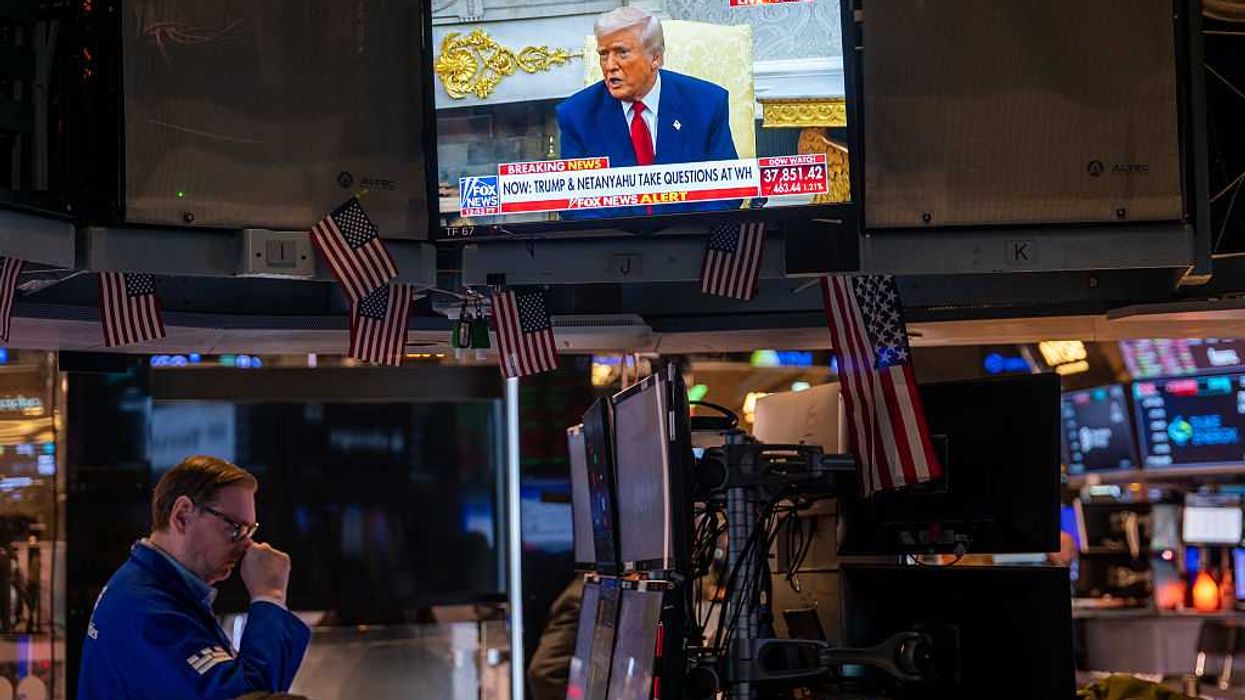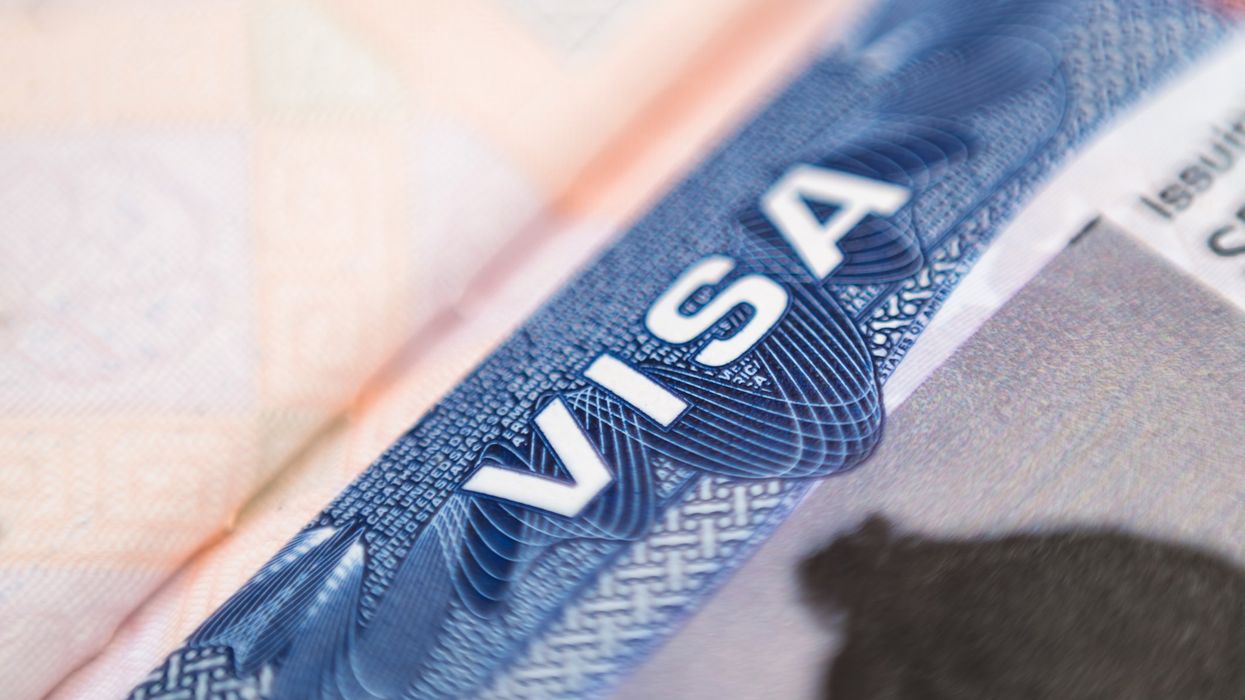Our ongoing series, “Just the Facts,” strives to approach news stories with both an open mind and skepticism, so we may present our readers with a broad spectrum of viewpoints through diligent research and critical thinking. As best we can, we look to remove personal bias from our reporting and seek a variety of perspectives in both our news gathering and selection of opinion pieces.
Has the stock market been more volatile than usual since Trump was inaugurated this January?
The stock market has experienced increased volatility since President Trump was inaugurated in January. The Chicago Board Options Exchange's Volatility Index (VIX), often referred to as the "fear index," has risen significantly—nearly doubling over the past few months. This surge in volatility can be attributed to factors such as economic uncertainty, tariff policies, and fluctuating consumer confidence.
What are some of the reasons for this heightened volatility?
The heightened volatility in the stock market since President Trump's inauguration in January 2025 is driven by several key factors:
- Trade Policy and Tariff Uncertainty: The administration's on-again, off-again approach to tariffs, particularly with major trade partners like Mexico and Canada, has created uncertainty for businesses and investors.
- Tech Sector Corrections: The so-called "Magnificent Seven" tech companies (Meta, Apple, Microsoft, Nvidia, Alphabet, Amazon, and Tesla) have collectively lost over $1.5 trillion in market value due to fears of regulatory scrutiny, reduced global demand, and exposure to international supply chains.
- Concerns Over Economic Recession: Investors fear these trade tensions, alongside rising interest rates and persistent inflationary pressures, could trigger or exacerbate a recession, leading to sell-offs and increased market volatility.
- Geopolitical Instability: Increased tensions with global powers, particularly around U.S.-China relations and the broader global response to Trump's aggressive economic policies, are contributing to uncertainty.
- Federal Reserve Actions: Continued interest rate hikes or signals of restrictive monetary policy by the Federal Reserve aimed at controlling inflation have further unsettled markets, as investors worry about tighter financial conditions.
- Market Sentiment and Investor Anxiety: Increased use of algorithmic trading and leveraged investment positions amplifies volatility when sudden news or uncertainty arises, quickly exacerbating market swings.
These factors collectively contribute to the current atmosphere of heightened volatility and investor caution in early 2025.
As of Saturday, April 5th, how much has the stock market dropped since Trump was inaugurated?
Since President Trump's inauguration for his second term on January 20, 2025, the stock market has experienced notable declines. The S&P 500 has dropped roughly 10.8%, while the tech-heavy NASDAQ Composite has fallen by nearly 14.1%. The Dow Jones Industrial Average has also seen a decrease of approximately 10%.
What sectors of the stock market have had the biggest decline since Trump was inaugurated?
Since President Donald Trump's inauguration on January 20, 2025, several stock market sectors have experienced significant declines:
- Technology Sector: The technology sector has been notably affected, with the NASDAQ Composite Index declining by over 10% since the start of Trump's second term. This downturn is largely attributed to concerns over tariffs potentially accelerating inflation and creating uncertainty for business leaders, which has affected hiring and investment plans and reduced overall economic confidence among Americans.
- Recession-Sensitive Sectors: Sectors that are sensitive to economic downturns, such as industrials and materials, have also faced declines. The uncertainty stemming from inconsistent tariff strategies has dampened investor enthusiasm, leading to reduced performance in these areas.
In contrast, some sectors have shown resilience or gains during this period:
- Consumer Staples and Healthcare: These sectors have risen, as investors often turn to them during uncertain economic times due to their perceived stability and essential nature.
- Metals and Insurance Providers: Metals and insurance sectors have shown resilience, with metals benefiting from global demand and insurance providers maintaining steady performance despite market challenges.
It's important to note that market conditions are dynamic and sector performances can change based on evolving economic policies and global events.
Is it very unusual for the stock market to drop this far this fast?
The rapid stock market decline since Trump's January 2025 inauguration is notable but not unprecedented. A drop of around 9–11% in major indices (like the NASDAQ) within two months is sharp, signaling elevated volatility, but corrections of 10% or more typically occur every 1–2 years.
Market declines of this magnitude or even larger have occurred periodically during heightened economic uncertainty, such as during the early 2020 COVID crash, where the market dropped about 34% in one month, and during the 2018 trade war concerns, where the market fell around 20% within three months.
While the scale and pace of this decline are significant, similar corrections happen periodically. What's particularly unusual here is the rapid shift in investor sentiment due to sudden policy changes, geopolitical tensions, and fears of recession, making this correction more emotionally jarring and economically impactful than a typical market adjustment.
All data and information were obtained from Copilot, an AI-powered chatbot owned and operated by Microsoft Corporation.
David Nevins is co-publisher of The Fulcrum and co-founder and board chairman of the Bridge Alliance Education Fund.




















